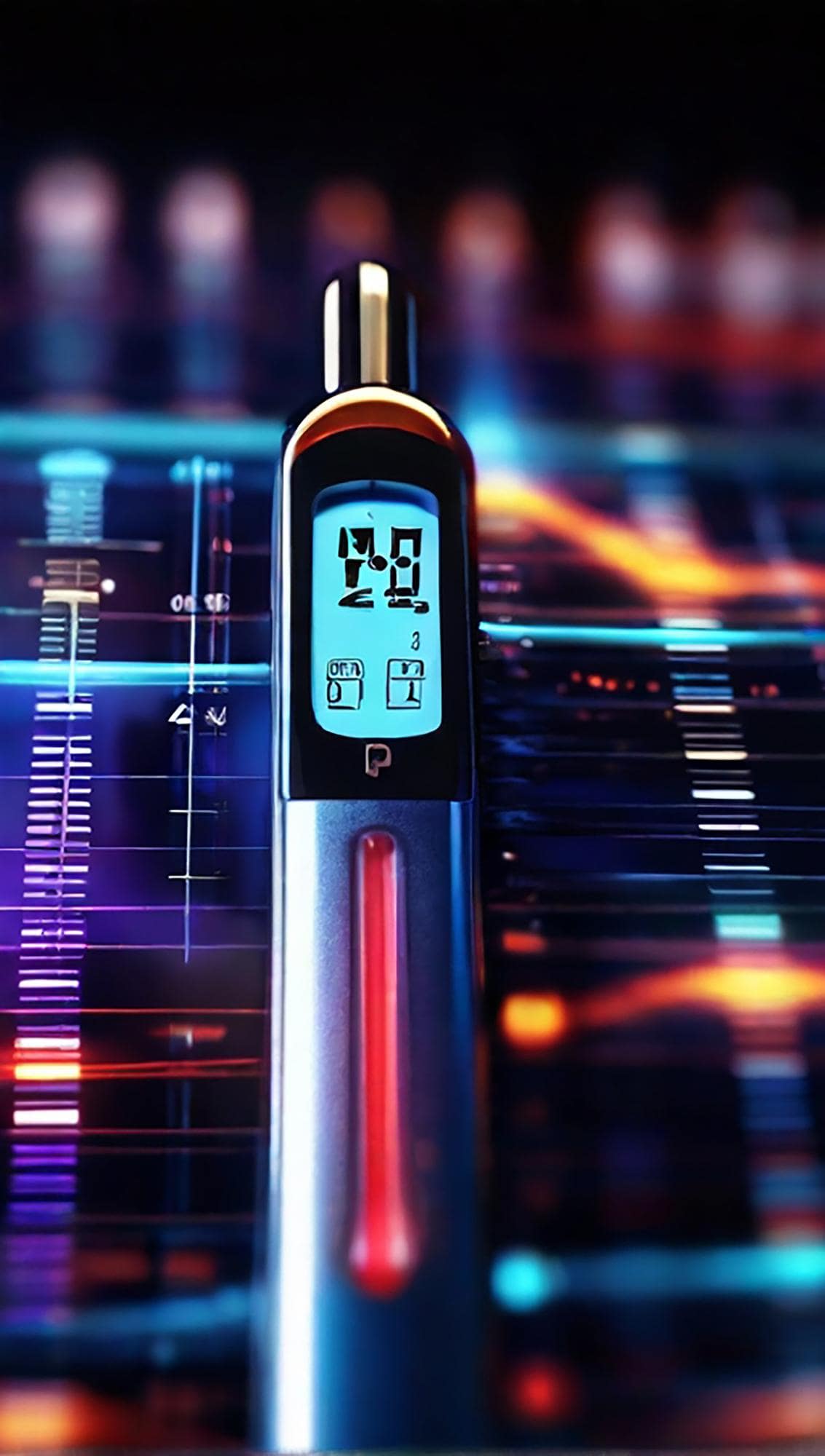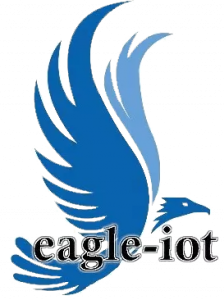Optimize Your Operations with Thermal Mapping
Beyond the Surface Unleash the Power of Thermal Mapping
What is Thermal Mapping?
Thermal mapping is a validation technique employed to ensure controlled temperature units (CTUs) or controlled environmental units (CEUs) meet designated temperature acceptance criteria. This process involves the meticulous measurement and mapping of temperature data points throughout the defined space.
Thermal mapping is typically conducted over a predetermined period to assess the system’s ability to maintain a precise and consistent temperature range, minimizing the risk of temperature excursions. This data is crucial for guaranteeing the efficacy and integrity of products stored within the CTU/CEU.
Transform Data into Insights
Gain a deeper understanding of your environment with thermal mapping technology, revealing temperature variations invisible to the naked eye. Unlike traditional spot checks, thermal mapping provides a comprehensive overview of temperature distribution.
Informed Decision-Making
Make data-driven choices to optimize operations, minimize energy waste, and ensure product quality. Thermalmapping helps identify areas for improvement and empowers you to take proactive measures
Applications Across Industries
From construction and maintenance to healthcare and scientific research, thermal mapping empowers you to achieve peak performance. Explore how this technology can benefit your specific industry

Optimize Facility Performance:
Based on data collected by NIST 3-Point calibrated data loggers, our reports provide actionable recommendations for:
- Design and implementation of cold storage monitoring systems
- Verification and validation of existing monitoring solutions to ensure their effectiveness.
- Optimizing cold storage utilization by identifying areas for improved space management and air circulation.
- Identifying temperature fluctuations during normal operations and off-hours to pinpoint potential causes and implement corrective actions.
To maintain safe temperature ranges within your facility, thermal mapping technique can help in determining door opening interval and frequency, potential role change of cold store, rack placements, placement of thermal monitors
- Warehouses
- Freezers
- Trucks
- Reefers
- Chillers
- Cold Storages
Use Cases:
Construction and Maintenance
Identify air leaks in buildings, detect faulty electrical components, and monitor equipment performance. Thermal mapping helps pinpoint potential problems before they escalate into costly repairs or downtime.
Manufacturing and Production
Ensure consistent product quality by monitoring temperature-sensitive processes. Thermal mapping helps identify areas where temperatures deviate from optimal ranges, preventing product defects and ensuring regulatory compliance
Logistics and Cold Chain Management
Maintain optimal temperatures during transportation and storage, minimize product spoilage, and ensure regulatory compliance. Thermal mapping helps identify weak points in your cold chain, allowing you to take corrective actions and prevent costly losses
Healthcare and Research
Monitor medical equipment, conduct non-invasive temperature checks, and support temperature-controlled research environments. Thermal mapping ensures proper functioning of equipment and helps maintain ideal conditions for sensitive research materials.
Why Choose Eagle-IoT?
Actionable Insights
Our detailed reports and thermal maps pinpoint areas for improvement and optimize your operations. We translate complex data into actionable insights that are easy to understand and implement.

Expert Guidance
Our team of specialists will help you interpret data, identify trends, and recommend solutions. Leverage our expertise to gain the most value from your thermal mapping study.

Technology and Innovation
We utilize cutting-edge thermal cameras and software to deliver accurate and reliable results. Invest in the latest technology for the most comprehensive thermal mapping experience.
Peace of Mind
Ensure regulatory compliance and safeguard your assets with our comprehensive thermal mapping solutions. Achieve peace of mind knowing your products and equipment are maintained in optimal temperature conditions.

Detailed Cold Store Reports
Receive a comprehensive report containing a detailed thermal map of your cold storage facility, along with insightful data visualizations.

Increased Productivity
By streamlining processes, optimizing inventory management, and reducing downtime, Eagle-IoT helps maximize productivity and minimize operational costs
Frequently Asked Questions (FAQ)
What are Controlled Temperature Units (CTUs) and Controlled Environmental Units (CEUs)?
CTUs and CEUs are specialized storage units designed to maintain a consistent temperature (CTU) or both temperature and humidity (CEU) within a defined range. Examples include refrigerators, freezers, clean rooms, and greenhouses.
How does thermal mapping work?
Thermal mapping involves placing strategically positioned sensors (data loggers) throughout a temperature-controlled facility. These sensors record temperature data over a set period, revealing temperature variations across the space.
What are temperature excursions and why are they bad?
Temperature excursions occur when temperatures within a CTU/CEU fall outside the acceptable range. This can harm stored products by accelerating spoilage, reducing effectiveness, or compromising safety.
How much detail does a thermal map show?
Thermal maps provide a visual representation of temperature distribution, highlighting hot and cold spots. While the level of detail depends on the number of sensors used, they can pinpoint specific areas within the CTU/CEU.
What kind of data-driven decisions can be made based on thermal mapping?
Thermal mapping data helps identify inefficiencies in temperature control. This allows for adjustments to optimize operations, such as placement of inventory, airflow management, or equipment maintenance.
How can thermal mapping benefit my specific industry?
Many industries benefit from thermal mapping. In construction, it helps detect air leaks and faulty electrical components. In manufacturing, it ensures consistent product quality. In healthcare, it monitors equipment and research environments. See the Use Cases section for more details.
What are NIST 3-Point calibrated data loggers?
NIST stands for the National Institute of Standards and Technology. 3-Point calibration ensures the data loggers used in thermal mapping are highly accurate across a range of temperatures.
What do the actionable recommendations in the report look like (examples)?
Reports may recommend adjusting thermostat settings, improving air circulation strategies, or relocating specific inventory based on identified temperature variations.
How can thermal mapping help prevent product degradation in my industry?
By identifying areas with fluctuating temperatures, thermal mapping helps ensure products are stored within the optimal temperature range for your specific industry. For example, data centers require much cooler environments than warehouses.
What regulations might thermal mapping help me comply with?
Many industries follow SFDA regulations regarding product storage temperatures. Thermal mapping data provides evidence that your CTU/CEU maintains these required conditions.
How does Eagle-IoT translate complex data into actionable insights?
Our specialists analyze the thermal data to identify trends and patterns, these findings into clear recommendations for improving your CTU/CEU performance.
What is the cost of a thermal mapping study?
The cost may vary depending on the size and complexity of your CTU/CEU. Contact us for a quote.

